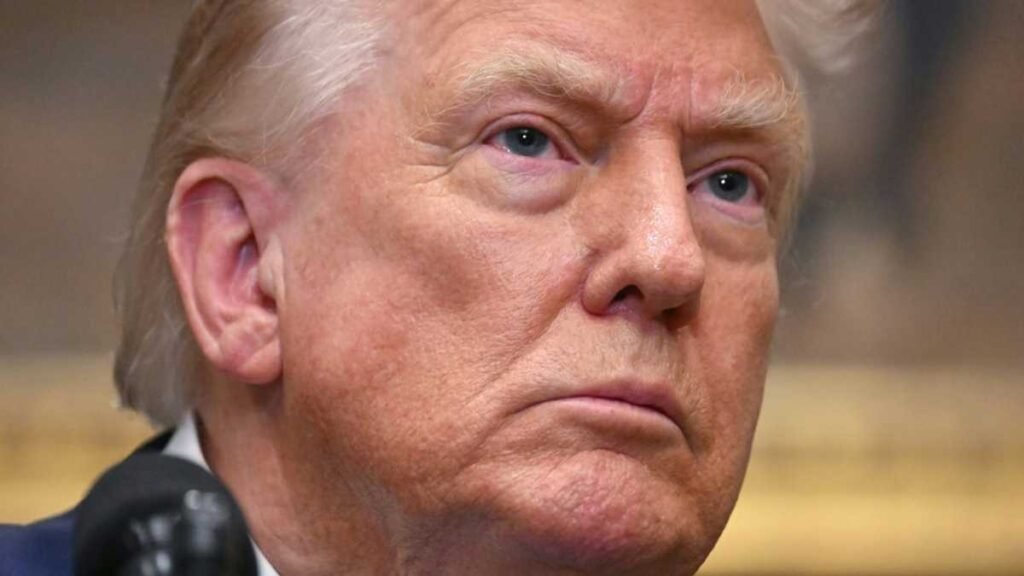Trump Announces 15 Percent Tariff on South Korean Imports
President Donald Trump has announced that the United States will impose a 15 percent tariff on imports from South Korea. This move comes as part of what Trump describes as a “full and complete trade deal” between the two nations. The announcement was made via his Truth Social platform, where he highlighted several key components of the agreement.
According to Trump, South Korea will provide the United States with $350 billion in investments. Additionally, the country is expected to purchase $100 billion worth of liquefied natural gas or other energy products. This tariff rate is lower than the previously threatened 25 percent, aligning it with the levies imposed on Japan and the European Union through previous trade agreements.
Trump also mentioned that an unspecified “large sum of money” will be invested by Seoul. He indicated that this amount will be disclosed within the next two weeks when South Korean President Lee Jae Myung visits the White House for a bilateral meeting. Trump expressed congratulations to Lee for his recent electoral success, emphasizing the significance of the upcoming discussions.
A Major Trade Challenge Overcome
The meeting between Trump and Lee marks their first encounter since Lee took office in June. In a statement shared on Facebook, Lee described the deal as “the first major trade challenge” since his administration began. He added that the agreement represents a significant achievement, stating, “We have overcome a major hurdle.”
Lee emphasized that the deal has eliminated uncertainties surrounding export conditions and ensured that U.S. tariffs on South Korean exports are either lower than or equal to those applied to major trade competitors. This development is particularly important for South Korea, which relies heavily on exports and is Asia’s fourth-largest economy.
Lee’s election came after a snap vote last month, following the impeachment of his predecessor, Yoon Suk Yeol, over a controversial martial law declaration in December. As the new leader of a major economic power, this trade deal serves as an early milestone in his presidency.
Strategic Alignment Between the U.S. and South Korea
In his statement, Lee highlighted the mutual benefits of the agreement. He noted that the deal reflects the convergence of U.S. interests in revitalizing its manufacturing sector and South Korea’s commitment to strengthening the competitiveness of its companies in the American market.
Since returning to the White House in January, Trump has implemented sweeping tariffs on allies and competitors alike. These include a 10 percent tariff on various economies, with rates set to increase for dozens of countries on August 1. The tariffs apply to steel, aluminum, and automobiles, among other goods.
In contrast to the 15 percent tariff on South Korea, Trump has imposed higher rates on other nations. For example, India faces a 25 percent tariff, while Brazil is subject to a 50 percent tariff. The latter decision was partly motivated by retaliation against what Trump has described as a “witch hunt” against Jair Bolsonaro, Brazil’s former president, who is currently undergoing a criminal trial.
Broader Implications for Global Trade
The imposition of these tariffs underscores Trump’s broader strategy of using trade policy as a tool to reshape international commerce. By targeting specific countries, he aims to protect domestic industries and renegotiate trade relationships in favor of the United States.
For South Korea, the agreement represents a critical step in navigating the complex landscape of global trade. With its heavy reliance on exports, the nation must balance the need for favorable trade terms with the pressures of rising tariffs and geopolitical tensions.
As the situation continues to evolve, the implications of these trade policies will likely extend beyond the immediate negotiations between the U.S. and South Korea. They may influence future trade relations, economic strategies, and diplomatic engagements across the globe.

